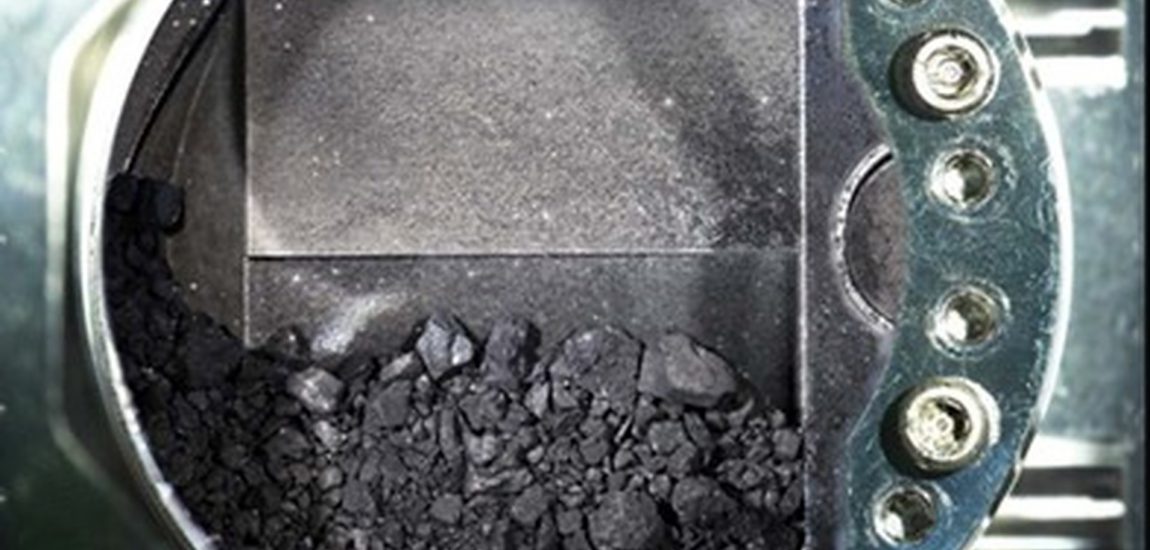
Robotic field geologists will bring more samples from space!
We are living in an exciting period of time: samples from asteroids, the Moon, Mars, and hopefully comets are or will be returned to laboratories on Earth within the next one or two decades. These new materials will give us unpreceded views of the origin of the solar system and of processes that led to the establishment of life on Earth and maybe elsewhere. Geochemists will be key players in addressing scientific questions since they will be at the forefront of the sample analysis.
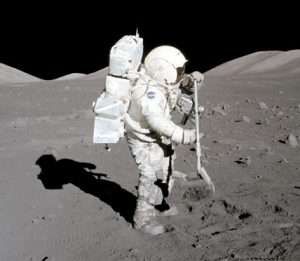
The golden age of Moon exploration in the seventies saw the return to Earth of about 400 kg of lunar rocks and dust thanks to the Apollo and Luna missions five decades ago. Hundreds of international laboratories analyzed, with increasing sensitivity and precision, the first samples returned by humankind from another celestial body. We learned not only how the Moon and inner planets formed and evolved, but also about the composition of the Sun and the nature and flux of extraterrestrial material over 4.5 Ga. Geoscientists invented and developed methods to measure the abundance and isotope compositions of rocks with unpreceded precision, and revolutionized geochemistry. This magical period was unfortunately followed by a disinterest in sample return missions. For several decades, the only ET samples available to our community were those delivered naturally by meteoritic falls, randomly sampling asteroids and, as we learned later, planet Mars.
In the 2000s, two geochemistry-led missions returned exceptional ET material from the Sun and from the outer solar system, respectively. The NASA Genesis mission, which sampled solar ions, permitted the resolution of two of the most pressing issues in cosmochemistry, the origin of mass-independent isotope fractionation of oxygen, and the origin of extremely large variations of nitrogen isotopes among solar system reservoirs. The NASA Stardust mission returned a few cometary grains. Although the grains were highly degraded during capture, their analysis shed light on processes of solar system formation and on the link between the inner and outer regions of the solar system.
Japan Aerospace Exploration Agency (JAXA) has been paving the way to novel sample return missions. In 2010, the Hayabusa (“falcon” in Japanese) mission returned ~100 micrograms of small grains sampled from the asteroid (25143) Itokawa, despite several technical problems that endangered the whole mission. Fortunately, tremendous progresses in analytical geochemistry allowed scientists to analyze key abundances and isotopic ratios in micron-sized bits of rocks. They established a genetic link between the sampled asteroid and a class of well characterized meteorites.
Building on this success and learning from technical issues, JAXA designed a follow-up mission, Hayabusa2, aimed at sampling a volatile-rich asteroid called (162173) Ryugu. This primitive material is thought to represent pieces of solar system forming material and is particularly of interest because it may contain primitive organics rich in life-building elements such as, H, C, N and possibly amino-acids. The mission took off in 2014 and reached its target asteroid in 2018. There the spacecraft sampled pebbles and dust at two locations. The second location was particularly exciting because it was near the newly formed crater that had been artificially created by a small carry-on impactor onboard Hayabusa2. The samples obtained during the second landing operation may contain fresh sub-surface impact ejecta.
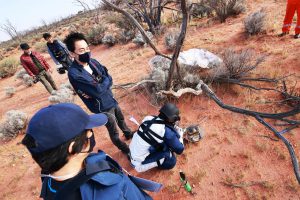
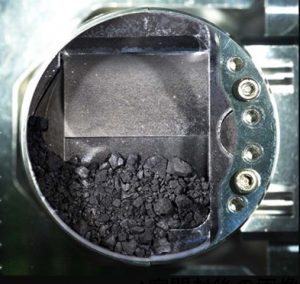
The spacecraft left the asteroid in November 2019 and returned its precious cargo to Earth, where the sample return capsule landed in Woomera, Australia, on December 6, 2020. This was really a science-fiction-like mission with a tremendous number of novel developments that all worked perfectly well. The capsule retrieval operation was carried out complying strictly to Australian COVID-19 regulations. The ambient gas from the capsule was retrieved on-site and the sample capsule was sent to the JAXA facility in Tokyo, where scientists discovered with delight that ~5 grams of Ryugu material had been recovered, which is about 50 times the expected nominal mass. Such a mass may appear limited to most geoscientists, but the limiting factor for present-day analyzers is the Avogadro number, that is, the number of sampled atoms. This mass will permit tens of labs worldwide to uncover the origin of matter in the inner solar system.
For its part, NASA designed a mission to sample another primitive, volatile-rich asteroid named (101955) Bennu. The OSIRIS-REx mission was launched in 2016 and reached its target after two years. It patiently mapped this new world before sampling its surface on October 20, 2020. Here also the feast was total: the spacecraft collected about 1 kg of material, more than ten times the mission requirement (60 g). The sample collector head was so full that for a while it could not close its lid and the crew had to rapidly transfer the samples to its return cache. Its Earth landing will take place on September 24, 2023, providing another treat for the geochemistry community.
The European Space Agency (ESA) did not design a sample return mission of its own, preferring in-situ analysis such as the Rosetta mission that successfully analysed the composition of comet 67P/Churyumov-Gerasimenko. However, ESA is now working with NASA to return samples from Mars in 2031. The project is highly risky as it requires 4 successive missions with no room for failure of any of them. A rover is already ready to sample a suite of cores on Mars in a supposedly ancient fluviatile basin and look for traces of water and hopefully life! Because Martian samples could potentially host past or present forms of life, their analysis will be complicated by the requirement to isolate them from the terrestrial biosphere as long as they are not proven to be safe.
Further sample return missions are underway: The Chinese Space Agency (CNSA) has a grand space exploration vision that includes sampling the Moon, Mars and asteroids. On December 16, 2020, it successfully returned lunar samples from the youngest volcanic area of our satellite. Several projects aim to return samples from a comet and therefore increase the analytical precision by orders of magnitude with respect to that of Rosetta (which was already a scientific gift). JAXA also has a plan to bring back samples from one of the Martian moons, Phobos, by the end of 2020s (MMX: Martian Moons eXploration).
Geochemist colleagues, be ready for the feast, we are going to receive samples during the next decade that will change our vision of how our world was built!
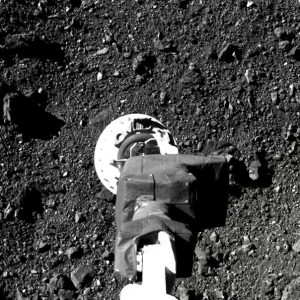
About the authors
Shogo Tachibana: Hayabusa2 sampler science PI and sample analysis PI; UTokyo Organization for Planetary and Space Science, University of Tokyo, Japan; Institute of Space and Astronautical Science, JAXA, Japan
Bernard Marty: Hayabusa2 sample allocation committee; Université de Lorraine, CRPG-CNRS, Nancy France
